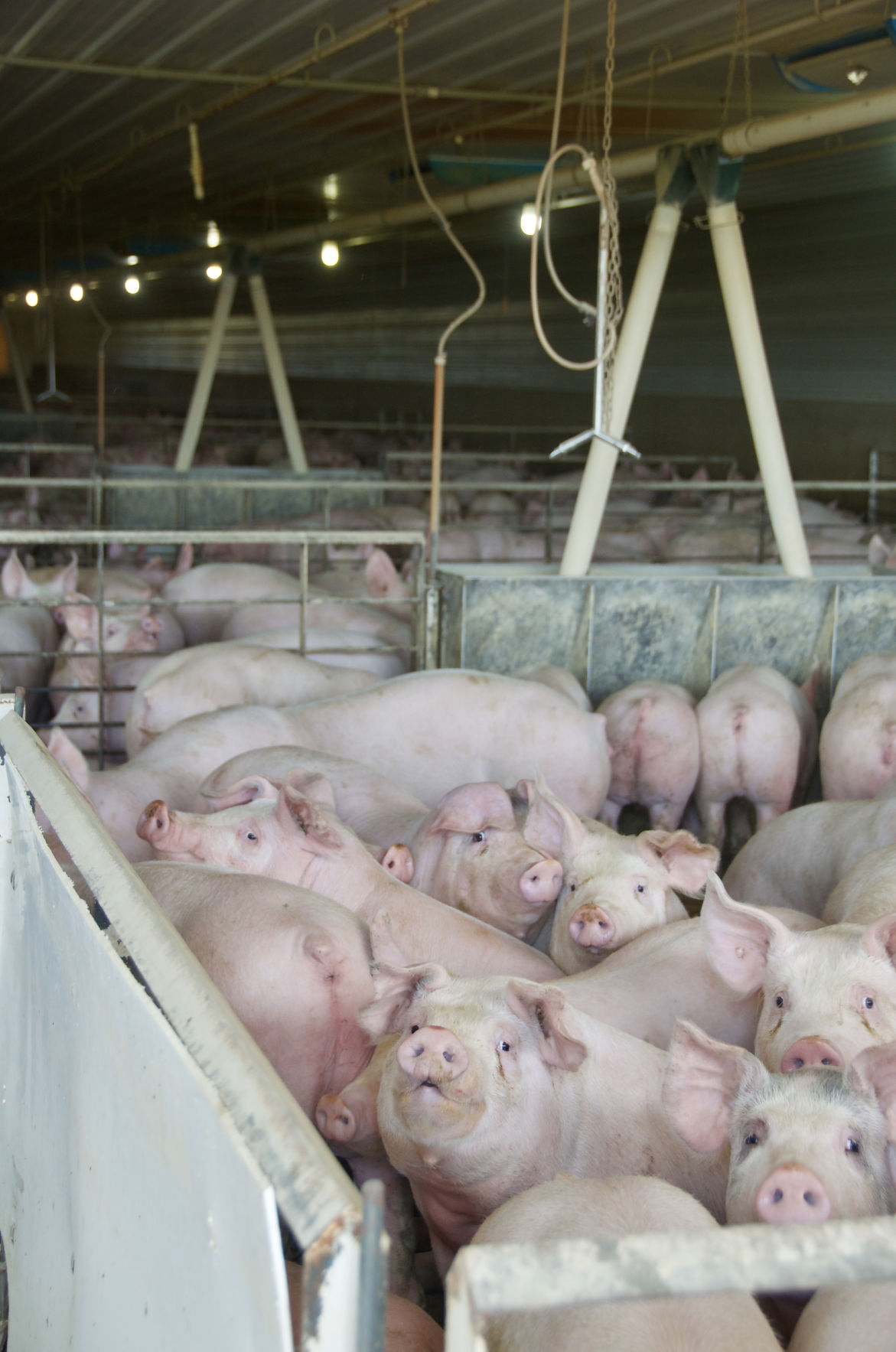The addition of United States pork packing capacity in the past year has helped provide hog producers with a place to send their animals with a growing inventory.
Steve Meyer, economist at Kerns and Associates in Stillwater, Oklahoma, said changes within the packing industry in the past 20 years have shaped the current pork packing industry.
“Many companies have consolidated. Some have closed. We saw our first capacity constraints in July 1994 because of a huge production increase,” Meyer said. “And then we had 1998.”
Packer margins had been tight and from 1993 to 1998, 10 plants closed with a capacity of 63,350 hear per day and 17 percent of that capacity closed in 1998 alone. The fast expansion of pork production and closure of these plants led to a drastic decrease in pork prices with bids reaching as low as $8 per hundred weight live. This also led to a fast decline in the number of hog operations across the U.S.
“We saw some consolidation of larger producers, but we lost most of the small producers in the late 1990s,” Meyer said. “This with the addition of Mandatory Price Reporting in 1999, followed by Country of Origin Labeling and the packer ownership ban, pork producers had it all coming down on them at once.”
The World Trade Organization rejected COOL, which took some pressure off pork producers.
“The demand for hogs starts with the demand for pork,” Meyer said. “When we are close to packer capacity, pork producers make changes early in production and don’t breed as many sows, but that isn’t actually seen for a few months.”
New hog harvesting facilities have come online in Sioux City, Iowa, and Coldwater, Michigan. Another facility in Iowa is expected to be online in late 2018. If delays happen, Meyer said pork producers could have problems because they are planning to send pigs to market at those plants when they are scheduled to open.
“These new plants have the ability to help producers. If everything continues as planned there will be 10 percent more packing capacity by the fall of 2019 than there was in the fall of 2016,” he said. “In 2012, we were near packing capacity, we had a drought in major pork producing states and PEDv kept production down. Producers have slowly built back and this fall we will be close to packing capacity again, even with all the expansion.”
Packer margins have improved and the increase of animal-based protein in the meals of consumers has helped improve pork production. Meyer said retail meat prices might put some pressure on consumers.
Even with tariffs affecting pork exports, the March and April pork exports were at record levels.
“At 10 percent tariffs, the U.S. is still the cheapest and safest supply of fresh hams that Mexico can find,” Meyer said.
An animal health situation would have a large impact on the U.S. pork supply. The U.S. pork supply is expected to be 124.8 million head for 2018 and 128.8 million head for 2019, which will push packer capacity.
“Pork producers will need to stay current on their marketings and not back up marketings into the fourth quarter of the year when prices are typically the lowest,” Meyer said. “We’ve been at the $70 per hundredweight range all summer, but as we get to the end of the year, that will decrease. These new packing plants have helped support the expansion in the pork industry and have helped keep prices up.”
Jennifer Carrico can be reached at 515-833-2120 or [email protected].


